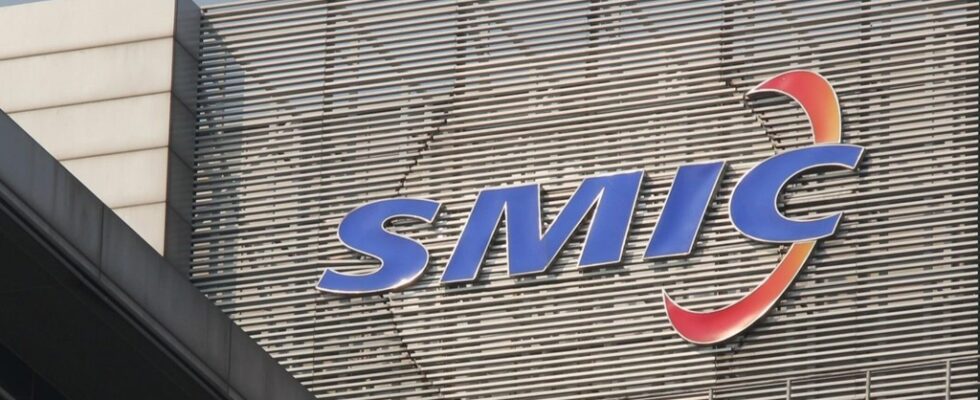The Chinese founder Semiconductor Manufacturing International Corporation (SMIC) has reportedly succeeded in engraving chips at 5 nanometers. The kind of feat that the United States wanted to avoid seeing by increasing sanctions against China.
The American administration has in recent years brought together all the major semiconductor players, whether American or foreign, to prevent China from developing in this key sector. But despite the cooperation of the Japanese, Korean, Taiwanese and Dutch giants, it seems that it is complicated to slow down Beijing’s march forward.
With the Huawei Mate 60, we learned that the Chinese ecosystem was capable of giving birth to chips engraved at 7 nanometers, the finesse necessary to enable 5G on a smartphone. And the local juggernaut, SMIC, did not stop there, since it has already succeeded in producing chips engraved at 5 nm.
After 7nm, here is 5nm!
By preventing ASML from selling its extreme ultraviolet (EUV) lithography machines to Chinese companies, the United States believed it had posed a major obstacle to its rival in producing the most advanced chips. And yet, according to information including the media Wccftech echoes, SMIC has reportedly completed the 5nm chip production process. It would now be ready to begin mass production.
This chip would be intended for Huawei’s future flagship, the Huawei Mate 70, which would once again make the brand’s flagship phone the illustration of Chinese progress in the field. According to the same source, SMIC has succeeded in etching chips at 5 nanometers using older deep ultraviolet (DUV) lithographic equipment.
Chips more expensive to produce than their foreign equivalents?
An ingenious way to get out of this despite the pitfalls sown by the United States, but which would also potentially have a major flaw, since producing 5nm chips on these machines would cost more than with the latest equipment from ASML.
According to some estimates, it should cost 50% more for SMIC than for its Taiwanese rival TSMC to produce the same type of semiconductor. If this were really the case, and SMIC had not succeeded in lowering production costs, it could therefore be that this increase would be passed on to the next Huawei Mate 70.
Note that SMIC does not want to stop at this new success, and does not consider that American sanctions will prevent it ad vitam aeternam to reach the current most advanced level in the field: 3nm chips. A research and development team would have already been set up to find ways to make these breakthroughs in the current environment.
Source : Wccftech

19